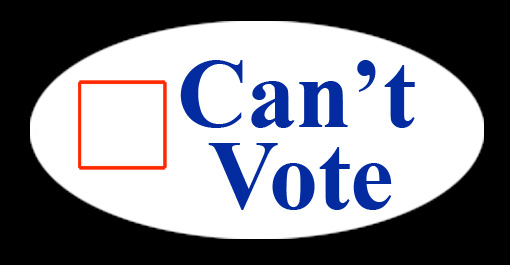
The flowing exchange of emails between Fred Nathan and me transpired as a consequence of a column I wrote last week about the ways the political parties control the political process and disenfranchise many voters, especially by excluding independents from the primaries.
Hi Wally,
That was a really thoughtful and excellent op-ed on open primaries in the Mercury. Here are three things you may want to keep in mind as you continue to beat the drum for open primaries as I hope you will.
1) 201,498 voters voted in the primary last Tuesday. That number, remarkably, is actually less than the 279,495 New Mexico voters who are Independents and members of minor parties and who are legally barred from voting in the primary.
2) The focus should be on the party chairs as they and their central committees have the power to change the rules on their own for regarding who can vote in primaries(I agree with the letter to the editor in the
Albuquerque Journal that the parties have a right of free association and so the state legislature cannot force them to open their primaries. The parties have to decide it is in their interest to open their primaries.) The Hollington lawsuit might be a catalyst. While the parties don't want to open the primaries to Independents, they are even more frightened of opening their primaries to voters from the opposite party, a so called "pure open primary." But that is one potential outcome of the Hollington lawsuit. The parties would be wise to settle the Hollington case and agree to a semi open primary where Independents can vote in either primary but members of the opposite party could not vote in their primaries.
3) Whichever party moves first to invite Independents to vote in their primaries will gain an advantage since Independents, who make up about a fifth of the electorate in the General Election hold the balance of power and decide many of those elections.
Maybe if we can get this issue straightened out, we can move on to some of those other issues you mentioned.
All the best,
Fred Nathan
________________________________________________________________________________________
Fred,
I have just read the synopsis of U.S. Supreme Court Tashjilan v. Republican Party of Connecticut (1986). Your reading—that the Supreme Court said the right of association trumps state efforts to mandate who can participate in a primary—is obviously correct. I would just add a few points. First, it was a 5-4 decision, and all those in the majority have left the court. Second, the majority was made up entirely of liberals, and they were defending the principal that Connecticut could not outlaw an open primary if the party wanted one. If it had been the reverse situation, in which the state was trying to require rather than forbid an open primary, I wonder if those liberals would have voted the same way. Justice Scalia, the only one still on the court, wrote a dissent.
-Wally
________________________________________________________________________________________
Wally,
Interesting interpretation. Maybe we can make something happen here. I wrote last year to the party chairs arguing that it would be in their interest to open their primaries, given voter and demographic trends, and the advantage would go to the first mover. Who knows between this seed and the Hollington case, something might break in NM and then be challenged and then the court might get another opportunity to revisit this question and you could well be right that the answer next time might be different....
I really appreciated your editorial as I had been thinking about all the subtle ways the insiders and politicians control elections but I had never seen anyone connect all the dots as well as you did. Kudos!
Fred Nathan
(Image by Daniel Lobo)

June 12, 2014